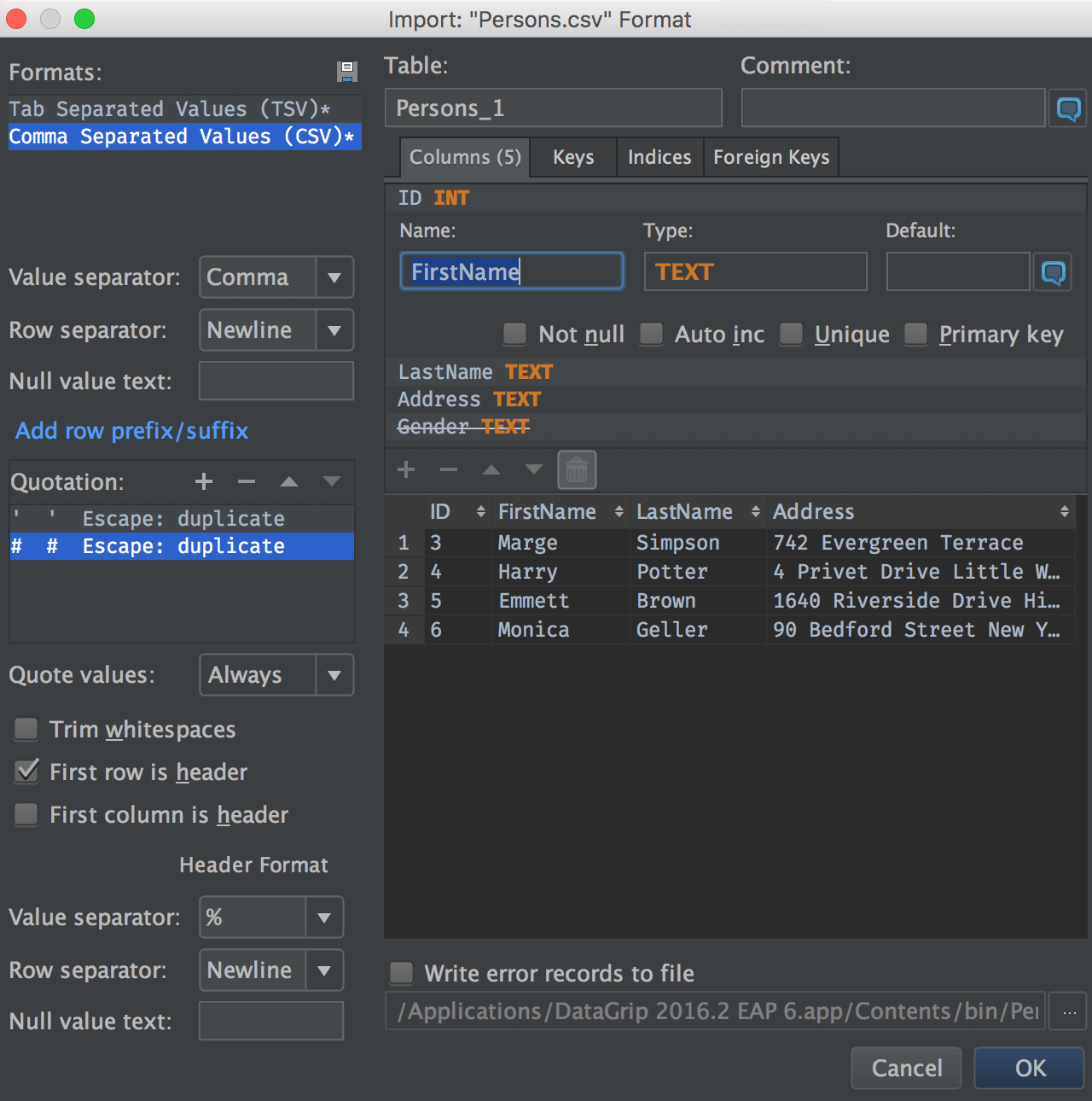


The data provider returns nested elements as aggregates of data. Document (default): Model a top-level, document view of your JSON data.The DataModel property is the controlling property over how your data is represented into tables and toggles the following basic configurations. See the Getting Started chapter in the data provider documentation for authentication guides.Īfter setting the URI and providing any authentication values, set DataModel to more closely match the data representation to the structure of your data. The major authentication schemes are supported, including HTTP Basic, Digest, NTLM, OAuth, and FTP. See the Getting Started chapter in the data provider documentation to authenticate to your data source: The data provider models JSON APIs as bidirectional database tables and JSON files as read-only views (local files, files stored on popular cloud services, and FTP servers). The CData JSON Connection Manager is displayed. In the Connection Manager type menu, select JSON.The Add SSIS Connection Manager dialog is displayed. In the Connection Manager window, right-click and then click New Connection.To get started, add a new JSON source and SQL Server ADO.NET destination to a new data flow task.įollow the steps below to save JSON connection properties in a connection manager.
#UDIG IMPORT JSON HOW TO#
This example demonstrates how to use the CData SSIS Tasks for JSON inside of a SQL Server SSIS workflow to transfer JSON services into a Microsoft SQL Server database. Backing up data to SQL Server enables business users to more easily connect that data with features like reporting, analytics, and more. Using SQL Server as a backup for critical business data provides an essential safety net against loss.


 0 kommentar(er)
0 kommentar(er)
